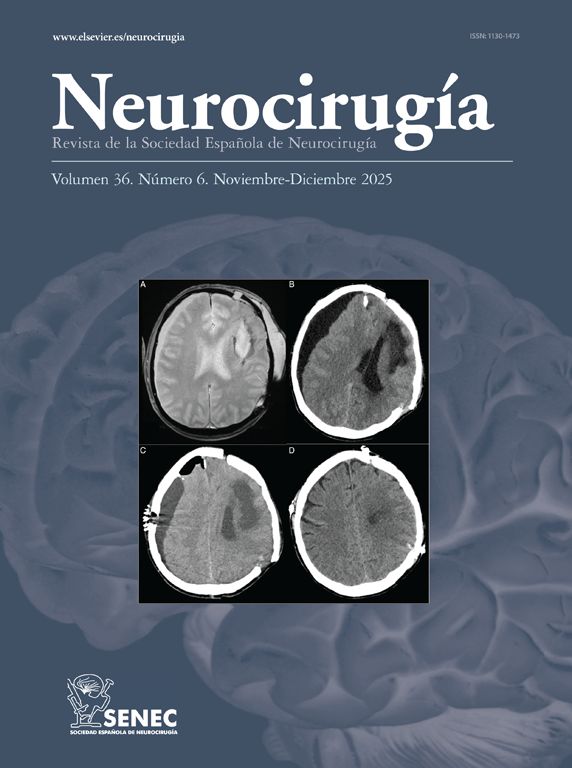O-77 - CELLULAR LINEAGES AND PROGNOSTIC INSIGHTS IN GLIOBLASTOMA: A FOCUS ON SURVIVAL OUTCOMES
Hospital Clínic de Barcelona, Barcelona, Spain.
Introduction: Glioblastoma is the most aggressive and frequent primary brain tumor in adults, characterized by rapid growth, heterogeneity, and poor prognosis. Despite advances in treatment, the median overall survival (OS) is approximately 12–15 months, with progression-free survival (PFS) of less than six months. Glioblastoma-initiating cells (GICs), a subpopulation with stem-like properties, are thought to drive tumor growth, treatment resistance, and recurrence. Cellular lineage, a feature of GICs, may hold prognostic value, particularly the Mesenchymal subtype, which has been associated with more aggressive behavior.
Objectives: 1. To evaluate the impact of cellular lineages on OS and PFS in glioblastoma patients. 2. To determine the independent prognostic role of cellular lineages after adjusting for age, initial Karnofsky Performance Score (KPS), and extent of resection.
Methods: A total of 17 glioblastoma patients were retrospectively analyzed. Clinical data included age, initial KPS, extent of resection (partial, subtotal, total), and cellular lineage (Classical, Mesenchymal, Proneural). Median OS and PFS were calculated using descriptive statistics. ANOVA assessed differences in OS and PFS between lineages. Multivariate regression adjusted for age, initial KPS, and resection extent, with OS log-transformed to reduce variance.
Results: The median OS was 451 days (range: 33-1,371), and the median PFS was 193 days (range: 60-720). ANOVA showed significant differences in OS between lineages (p = 0.049), with the Mesenchymal subtype associated with shorter OS. In the multivariate analysis, the Mesenchymal lineage remained independently associated with shorter OS (coefficient = -0.878; p = 0.027). No significant differences were observed for PFS.
Conclusions: The Mesenchymal lineage is an independent prognostic factor for shorter OS in glioblastoma patients. These findings highlight the importance of incorporating cellular lineage into prognostic evaluation.






